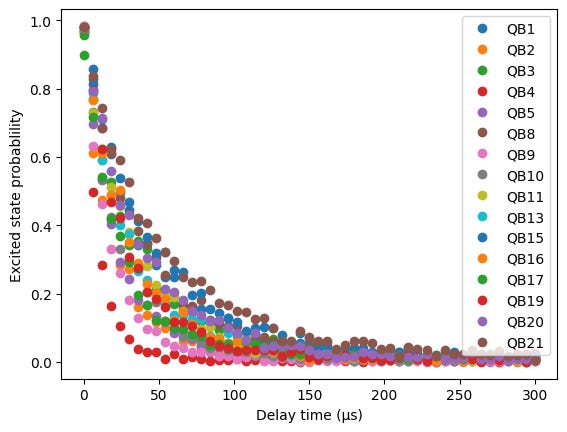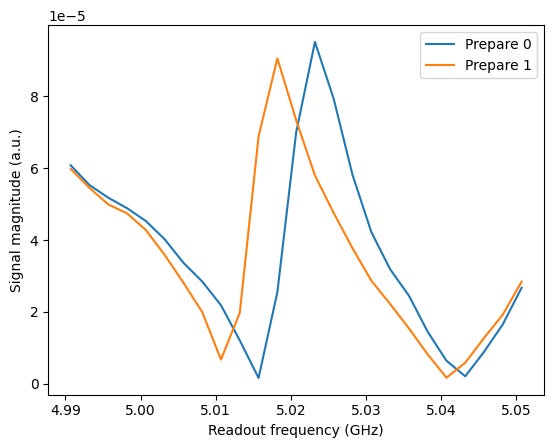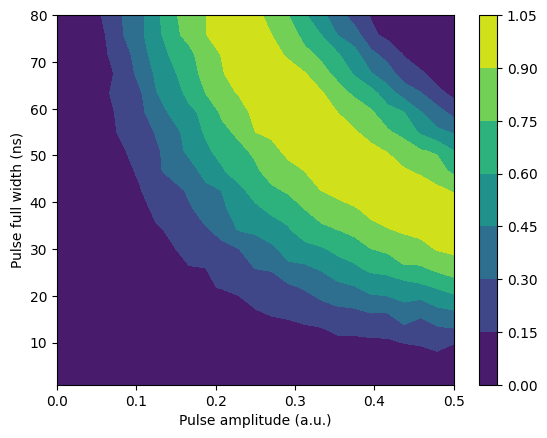I don’t like to repeat themes, but this is a follow-on to “I like to MOVE it, MOVE it with IQM Deneb” and there’s still no better title… especially if you get to see the CCTV recording from IQM’s laboratory. Just before the Easter holiday, The Quantum Dragon heard about IQM Sirius. Knowing everyone would be gone, he snuck in over the weekend and tried out the new pulse control features.
That’s right: IQM Sirius has two major upgrades over IQM Deneb. First, it has 16 qubits instead of 6. They both use a central resonator to arrange their qubits into star topologies, which enable all-to-all connectivity. The command to use the central resonator is MOVE, hence the catchy title of both articles. Second, IQM Sirius adds pulse control.
Workout Routine
The Quantum Dragon found five Jupyter notebooks lying around on the benches. He uploaded them to Google Colab and proceeded to do the following exercises in the following sequence:
T1 time
Readout of qubits
T2 time
Dispersive shift effect
Rabi oscillations
Training Log
We decided to protect The Quantum Dragon’s privacy and not publish his personal results, but we’ll publish the results from IQM Sirius so that you can see what you can expect.
T1 time. The Quantum Dragon’s lifetime might span centuries or even millennia, but superconducting qubits aren’t so lucky. Together with gate speeds, knowing the lifetimes of the qubits helps us estimate the largest circuits we can execute.
Readout of qubits. The Quantum Dragon’s readout came out looking like a selfie, quite frankly, whereas IQM Sirious generated these clusters. Lower amplitudes overlap, while higher amplitudes are farther apart and may be distorted. This is explained in the notebook, of course, as well as by IQM’s personal trainers.
T2 time. Phases are important for computation, blah blah blah, but this non-classical property gives The Quantum Dragon some wicked dance moves. You literally can’t copy them, so don’t even try.
Dispersive shift effect. This is what it looks like when a qubit’s state shifts the resonator’s spectrum. On the CCTV, it looks kind of like the Electric Slide. But, again, the notebooks explain all this stuff.
Rabi oscillations. On the CCTV, this one looks kind of like using a hula hoop, if you can remember those. This experiment verifies that a qubit has been prepared well. We can see the states’ populations oscillate as the qubit is driven by a resonant pulse.
Conclusion
The Quantum Dragon was looking quite svelte after his workout, but then he binged at a nearby pasture and canceled it all out. Anyway, he thoroughly enjoyed the pulse control experiments and he is looking forward to the next major holiday so he can do it again.
IQM Sirius is currently in a testing phase, but feel free to reach out to IQM if you’re interested in this or any of IQM’s other backends. I gotta tell ya: I still like to MOVE it, MOVE it.
Image generated by OpenAI's DALL·E.








